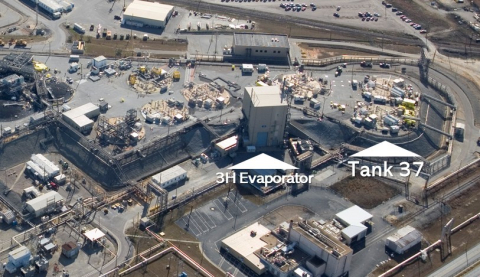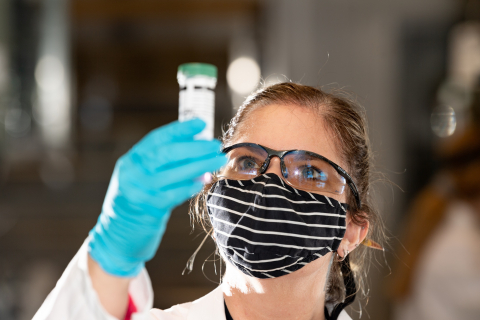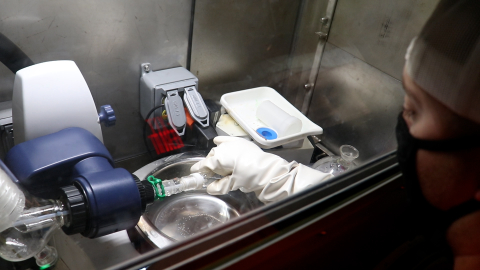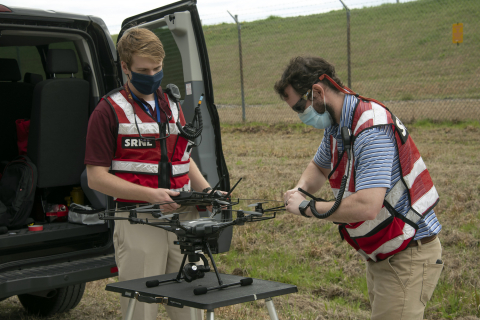The EM Los Alamos Field Office (EM-LA) and cleanup contractor Newport News Nuclear BWXT-Los Alamos (N3B) recently achieved full operation of an interim measure to contain and control migration of a contaminant plume in the groundwater.
EM Richland Operations Office (RL) contractor CPCCo is preparing to implement key components of a system that will isolate and stabilize about 15,000 pounds of radioactive debris in the K West Reactor spent fuel storage basin on the Hanford Site.

EM’s liquid waste contractor at the Savannah River Site (SRS) has completed a significant waste retrieval project, further advancing EM’s mission of safe cleanup of legacy liquid waste.

A second slate of 12 laboratory technicians recently started work at the EM Office of River Protection (ORP) Waste Treatment and Immobilization Plant (WTP) at the Hanford Site.
EM's Office of River Protection (ORP) tank operations contractor Washington River Protection Solutions (WRPS) recently started testing a system integral to treating the Hanford Site’s tank waste.
DOE’s Oak Ridge Office of Environmental Management (OREM) and contractor UCOR recently completed the removal of one of the final remaining structures at the former Radioisotope Development Lab at the Oak Ridge National Laboratory (ORNL).
An EM cleanup technology is expected to reduce radioactive iodine-129 found in soil and groundwater near the center of the Savannah River Site (SRS) to levels well below regulatory limits.
As the EM Hanford Waste Treatment and Immobilization Plant (WTP) team moves closer to starting up the first of two melters inside the Low-Activity Waste (LAW) Facility, plant contractor Bechtel National, Inc. (BNI) has launched a website.

An innovative public-private partnership continues to grow after a nuclear innovation company recently announced additional work in Oak Ridge that will generate increased taxpayer savings while helping accelerate cancer treatment research.

For the first time, camera-mounted drones recently hovered, dipped, and glided above EM’s remediated waste sites at the Savannah River Site (SRS) to ensure the structural integrity of the protective covers over them.

